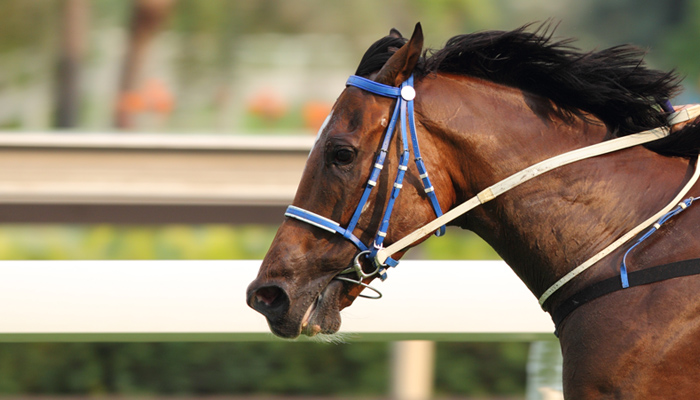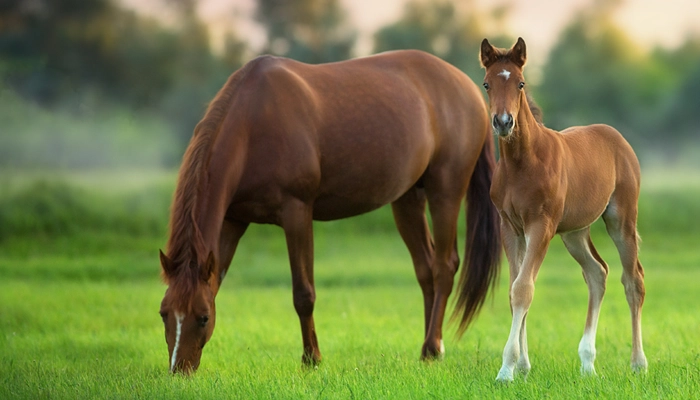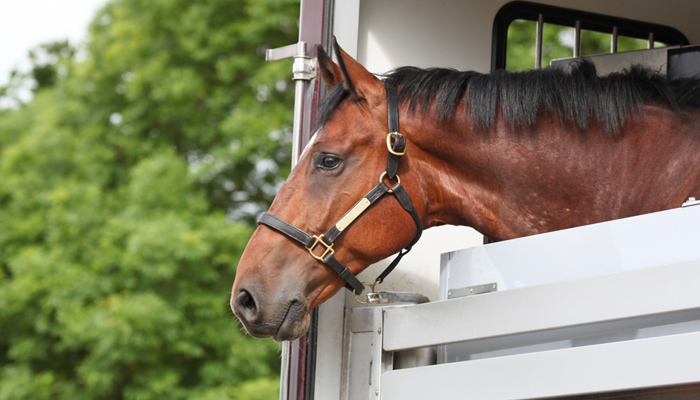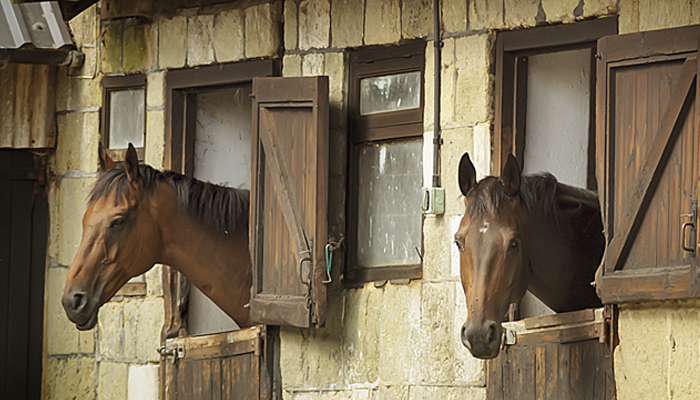Horse Riding Tips
Essential equipment for horse riding
Learning to ride a horse can be a rewarding pastime for many reasons. Horses have long been regarded as trusted and valuable companions. However, it is understandable to be wary of a large animal whose unpredictable behaviour means they can even spook at a plastic bag. <br><br>Whether you are seeking to pursue horse riding as a sport, or simply as an occasional hobby, it is important to consider the time and patience you will need in developing your experience. Here are some basic riding tips to get you started.
A riding helmet is an absolute essential part of starting to ride. If you are having a couple of trial lessons at a local riding yard, or going on a hack, then you will be able to hire one. The instructor or yard staff will be able to help you find one that fits correctly. Long-term it is advisable to purchase one from a hard hat retailer who has been BETA-trained. A free personalised hat fitting will ensure you have the right type and fit for your riding needs and your budget (it is never recommended to buy or borrow a secondhand helmet as it might have unknown damage).
You will also need footwear that gives traction when in the stirrup, but that also protects your foot if a horse treads on it. Over-the-ankle boots, hiking boots or shoes without laces are advisable. When you decide to invest in your own riding boots you could start by asking the people at the riding yard for their advice. Depending on your budget and needs, the array of different lengths and materials of boots for sale can be confusing. Take time to ensure what you are buying is safe, comfortable and hard-wearing.
There are many other types of clothing and equipment you might eventually consider as you become more experienced, such as a body protector or jodhpur clips. Again, this is not something you need to rush into. Experienced riders will give you some handy basic riding tips about their day-to-day equipment, especially what they use during more challenging winter riding conditions. Meanwhile, a pair of gloves is a worthwhile, affordable investment that will make handling the reins more comfortable.
Horse riding tips – in walk
Horses have four gaits: walk is the slowest gait and this is where you will first become accustomed to the feel and movement of the horse through your hands and seat. Remember to sit with your muscles as relaxed as possible, as the horse will be attuned to tight muscles that might create tension. Here is a basic guide to walking on a horse:
Sit deep and back in the saddle - avoid the temptation to lean forward; this is more uncomfortable for you and will be confusing for the horse.
Pick up the reins as instructed - but do not pull tightly on the reins as you are about to get the horse to move forward.
A gentle squeeze with your lower legs should be enough to signal the horse to being walking. If the horse is unenergetic or quiet, a few gentle bumps with your legs may be necessary.
Once you are underway, sit up straight and look between the horse’s ears. You will not need to keep making contact or kicking with your heels. These signals are known as ‘aids’ and giving the wrong ones or too many of them will confuse your horse. A riding crop is known as an ‘artificial aid’ and you may be given one early on by your instructor. Follow their instructions carefully regarding its use, and never use a riding crop to punish the horse.
Stay alert to your surroundings as you ride and follow your instructor’s advice about using your reins and seat for steering, as well as the correct leg positions, as the lesson progresses.
Horse riding tips – in trot
Trotting is a two-time gait and it is ridden either sitting or rising. Either way it will feel more bumpy than in walk, and you will need to shorten your reins in preparation as the horse’s head will be set higher.
Horse riding tips – sitting trot
The instructor and you will only agree to progress to practising trot once you are sitting properly in the walk; you will then need to become familiar with the new movement.
As you did for the walk, close your legs firmly against the horse’s sides and it should begin to trot. Keep gently squeezing if the horse does not trot straight away. Take a firm hold of the pommel in front of you and keep sitting up tall and try to relax your seat muscles.
When you trot for the first time a few strides (perhaps along one side of the arena) will be enough to introduce you to the bumpy rhythm of the trot. It is a good idea to count one-two, one-two as you ride in trot to get yourself used to the gait.
Once you are confident enough to trot for longer make sure you are not gripping with your knees as this can lift your seat out of the saddle. Similarly, gripping too much with your lower leg is a signal for your horse to go faster or turn, meaning you are more likely to lose control.
Then you can come back into the walk and gather up your reins, listening to your instructor to make sure you are making the transition safely.
Horse riding tips – rising trot
Both horse and rider will find the rising trot more comfortable than the sitting trot, although it is important to know how to sit for both, especially when transitioning between gaits.
The main element of rising trot is, with your heels down, you stand as one pair of the horse’s legs rise above the ground, and sit as the same pair of legs makes contact with the ground. It will hurt the horse’s mouth if you use the reins to pull yourself up, so you can practice the movement in walk to help you develop your control. Slowly stand up in your stirrups and slowly sit down again, focusing on a deep seat and balance (a neck strap can help with this).
Once you are confident enough to do this in sitting trot around the arena, use the counting method from the sitting trot. Count one-two, one-two until you have found the rhythm. The aim is to stand on one and sit on two and, as you ride, say to yourself ‘up-down, up-down’ in time to the trot. After you have the right beat, you’ll be aware of how the horse’s movement helps push you out of the saddle at the right movement and riding in trot becomes easier.
As with all aspects of your first few lessons, there will be a lot to take in and practice. Don’t be afraid to ask your instructor to revisit something or for more time. Eventually, it will become second nature and you will be able to keep enjoying your new activity as you build up your skills.
Horse insurance from Towergate
Towergate offers horse insurance that can be tailored to suit you and your horse. Call for a quote, or to ask any questions in relation to your horse insurance enquiry, on 01536 486060. Alternatively, read more about our horse insurance and what we can cover.
Approaching the horse
It is important to establish a good relationship with the horse you are riding, particularly if it is your first lesson, or the first time you have approached a horse if you are nervous. The horse could be tense or nervous and skittish behaviours such as shifting its feet or throwing its head up are a sign it is restless or irritated. Follow the advice of the instructor or owner if you are unsure about approaching any horse.
Horses are tactile animals that are hyper-aware of their surroundings. You will notice how their ears rotate as they take in their surroundings, and their nostrils flare as they react to any potential dangers. When you first greet the horse, reach out your arm and offer the back of your hand for it to smell and usually the horse will extend its nose to touch back. This will help both you and the horse start to get to know each other.
Mounting the horse to ride
When you are standing next to the horse, you might wonder how on earth you are get on such a tall animal. This is understandable, but nothing to worry about. With plenty of practice, mounting a horse soon gets easier. There are a few points to remember that will help you:
- It is typical to stand on the left side of the horse when mounting and dismounting
- As you are getting on, have someone hold the horse’s head for you.
- Make sure you have the girth on tight - or the saddle might slide as you try and get on.
- Have the reins loose in your left hand, just in front of the saddle.
- If there is a mounting block available, this might be a good idea to use for the first time you are getting on a horse. Many yards have them in daily use as it makes mounting up more comfortable for the horse’s back.
- Put the ball of your left foot into the stirrup and then put your weight into the stirrup to move into a standing position.
- Swing your right leg slowly and carefully over the saddle, being careful not to kick the horse as you do as this might startle it and settle your weight in the saddle as carefully as possible.
- Check the length of your stirrups and have your instructor or trainer adjust the length for you if you are unsure how to do it yourself (do not just drop the reins as the horse might move off before you are ready).
Once you are mounted, you will start to learn about how to have a secure seat in the saddle and how to hold the reins. Remember to always keep your heels down.
Dismounting after horse riding
Learning how to dismount safety is essential before the horse even takes a step to begin the session. It should be done with the help of your instructor at the horse’s head the first few times if possible.
Gather the reins in your left hand and rest them above the horse’s withers whilst you place your right hand below the saddle’s pommel.
Remove your right foot from its stirrup, gently bend your right leg and move it over the horse’s flank, avoiding contact as before.
At the same time, shift your right hand from the pommel to the cantle of the saddle, so that you can balance yourself with your hands. Take your left foot out of the stirrup and gently jump to the ground. Slide gently down the horse’s side so the horse doesn’t mistake your movement as a signal to move.
If you are dismounting at the end of your ride, make sure you have run up the stirrups so they are not dangling free, and loosen the girth so the horse is comfortable.
Date: January 10, 2020
Category: Equine











